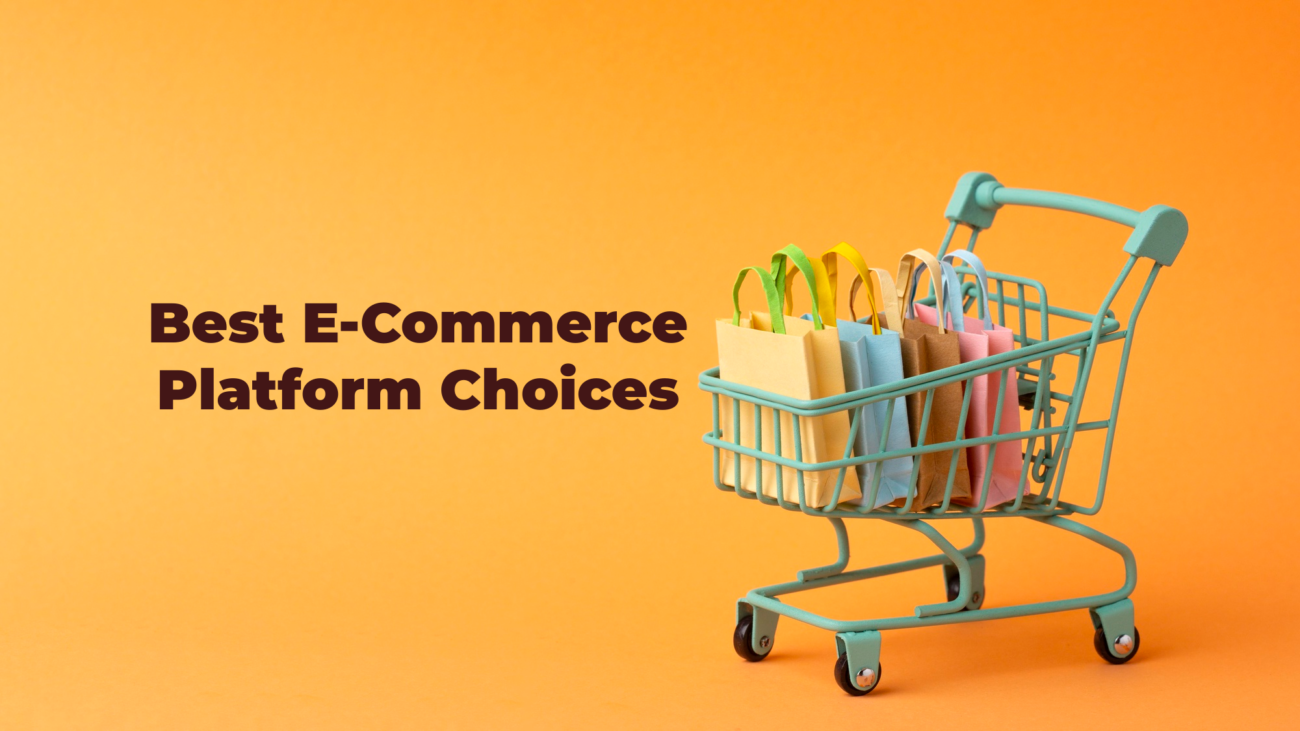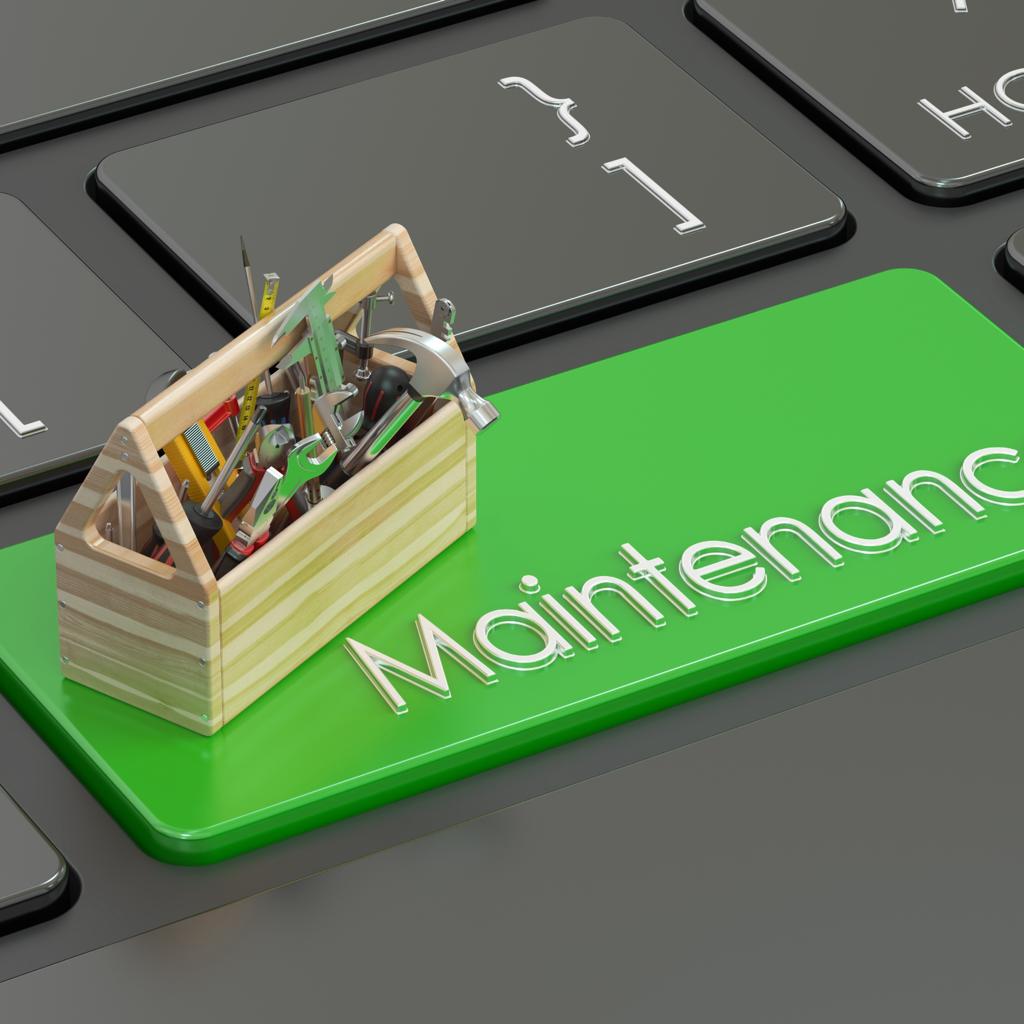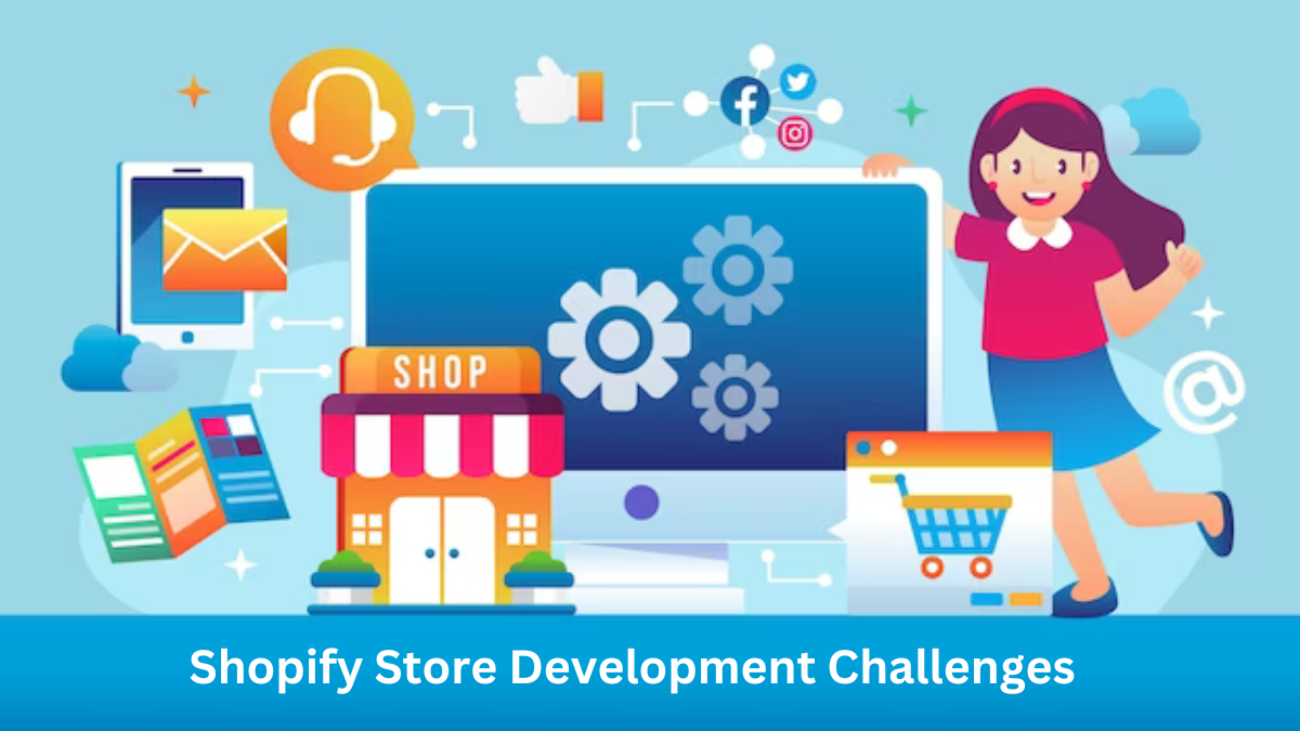In the ever-expanding digital landscape, selecting the right e-commerce platform is crucial for the success of your online business. With a plethora of options available, it’s essential to make an informed decision based on your specific requirements. This comprehensive guide will help you navigate through the top ecommerce platforms, empowering you to unleash your online business potential. From user-friendly interfaces and robust features to scalability and customization options, we’ll explore the key factors to consider when choosing the best e-commerce platform. Get ready to embark on a journey that will revolutionize your online business.

Understanding Your Business Needs
Before diving into the world of e-commerce platforms, it’s vital to evaluate and understand your business needs. Take a step back and consider factors such as the size of your business, your product range, target audience, and long-term growth plans. This introspective analysis will provide valuable insights to help you narrow down your options and identify the e-commerce platform that aligns with your unique requirements.
Exploring Top E-commerce Platforms
Shopify
Shopify is a leading e-commerce platform known for its user-friendly interface and comprehensive feature set. With a vast app store and customizable themes, Shopify offers scalability and flexibility for businesses of all sizes.
WooCommerce
Built on WordPress, WooCommerce is a popular choice for businesses already using WordPress as their content management system (CMS). It provides extensive customization options and seamless integration with existing WordPress plugins.
Magento
Magento is a powerful open-source e-commerce platform suitable for large-scale enterprises. It offers advanced features, robust performance, and high scalability, making it ideal for businesses with complex requirements.
BigCommerce
BigCommerce is a feature-rich platform that focuses on scalability and high-conversion rate optimization. It offers built-in tools for SEO, marketing, and analytics, empowering businesses to grow and succeed.
Wix
Wix is a user-friendly website builder that includes e-commerce functionality. It’s a suitable choice for small businesses and entrepreneurs looking for an easy-to-use platform with attractive templates and drag-and-drop design capabilities.
Key Factors to Consider
When evaluating e-commerce platforms, consider the following factors to make an informed decision:
User-Friendliness

Look for a platform with an intuitive interface that allows you to easily manage your store, add products, and process orders. A user-friendly platform saves time and reduces the learning curve.
Scalability and Customization
Consider your long-term growth plans and ensure the platform can scale as your business expands. Look for customization options that allow you to tailor your store’s design and functionality to meet your specific needs.
Payment and Shipping Options
Check if the platform supports popular payment gateways and offers flexibility in setting up shipping methods. Seamless integration with third-party providers is crucial to provide a smooth checkout experience for customers.

SEO and Marketing Tools
A robust e-commerce platform should have built-in SEO features to optimize your store for search engines. Look for marketing tools such as email marketing integrations, discount code generators, and social media integration to drive customer engagement and boost sales.
Security and Support
Ensure the platform prioritizes security measures to protect your customers’ sensitive information. Look for SSL encryption, PCI compliance, and regular security updates. Additionally, evaluate the availability and quality of customer support to ensure prompt assistance when needed.
Actionable Tips for Success
To maximize the potential of your chosen e-commerce platform, consider the following tips:
Streamline Navigation
Design your store with clear and intuitive navigation to help customers easily find products and navigate through the purchasing process
High-Quality Product Images
Invest in professional product photography to showcase your products in the best light. Clear and enticing images can significantly impact customer buying decisions.
Engaging Product Descriptions
Craft compelling and informative product descriptions that highlight the unique features and benefits of your products. Use persuasive language to engage and entice customers.
Optimize for Mobile
Ensure your e-commerce platform and website are optimized for mobile devices. Mobile shopping is on the rise, and a seamless mobile experience is essential for capturing a larger customer base.
Conclusion
Choosing the best e-commerce platform is a crucial decision that can make or break your online business. By understanding your business needs, exploring top e-commerce platforms, considering key factors, and implementing actionable tips, you’ll be well-equipped to make an informed choice. Unleash the potential of your online business by selecting an e-commerce platform that aligns with your goals and empowers you to create a seamless shopping experience for your customers. Embark on this transformative journey and witness your online business thrive.












